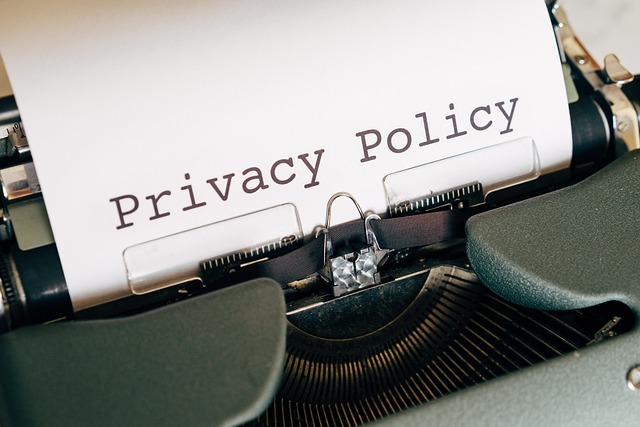In today’s digital age, gaming has evolved from a leisurely pastime into a massive phenomena, involving millions of players worldwide. With the advent of eSports, online tournaments, and streaming platforms, gamers are more connected than ever. However, with this connectivity comes an unfortunate downside: the pressing need for data protection.
As gamers dive into virtual worlds, they often unknowingly expose sensitive information, from personal files to payment details. Imagine the devastation of logging into your favorite gaming platform only to find that your account has been compromised. This breach not only robs you of your hard-earned achievements but can also lead to financial losses and identity theft. Thus, ensuring a robust data protection strategy is no longer an option; it’s a necessity.
The landscape of gaming platforms has responded to this challenge with a variety of tools and protocols designed to enhance data protection. Leading platforms now offer multi-factor authentication, which adds layers of security beyond just passwords. This means that even if someone manages to guess your password, they would still need access to your second authentication method — whether it’s a code sent to your phone or an authenticator app.
Many gamers turn to eSports as a career or serious hobby, which underscores the significance of protecting one’s gaming data. Tournaments often involve significant cash prizes, sponsorships, and an entire community of followers, making participants prime targets for cybercriminals. Platforms specifically designed for eSports have begun to adopt more stringent data protection policies, ensuring that players can compete with peace of mind.
Furthermore, it’s essential for gamers to remain vigilant and informed about the common threats facing their gaming data. Phishing scams, for instance, are rampant in the gaming community. Cyber thieves often use malicious links disguised as game updates or tournament invitations to steal login credentials. The best form of defense is education — knowing what to look out for can mean the difference between keeping your data safe or becoming the next victim.
Another crucial aspect of data protection comes from understanding privacy settings on gaming platforms. Many players overlook these essential configurations, leaving their information exposed to unwanted eyes. Reviewing and tightening privacy settings enables gamers to control who can see their profiles, play activity, and even personal messages. This not only helps shield personal data but also enhances one’s overall gaming experience by reducing the risk of harassment or unwanted contact.
For those who actively create content or stream their gameplay, the stakes are even higher. Not only does this group need to safeguard their accounts from hackers but also protect their viewers’ data. Platforms supporting streaming often implement data protection measures for cross-communication, ensuring both gamers and audiences can interact securely. It’s vital for streamers to utilize these tools to maintain trust with their community, as even one data leak can irreparably damage a channel’s reputation.
As the gaming industry continues to grow, so too does the emphasis on data protection. Developers and platform providers are constantly innovating, working to stay ahead of threats. Regular updates, community feedback, and a focus on creating a safe gaming environment are just a few ways platforms are adapting to the challenges posed by an increasingly sophisticated online landscape.
In this dynamic world of gaming, where passion and competition flourish, ensuring your data remains secure is paramount. Every gamer deserves to play without the looming fear of cyber threats — whether they’re battling it out in an intense eSport match or casually exploring a new virtual realm. By leveraging the available tools and maintaining an awareness of potential risks, players can enjoy their gaming experience while keeping their data safe and sound.



